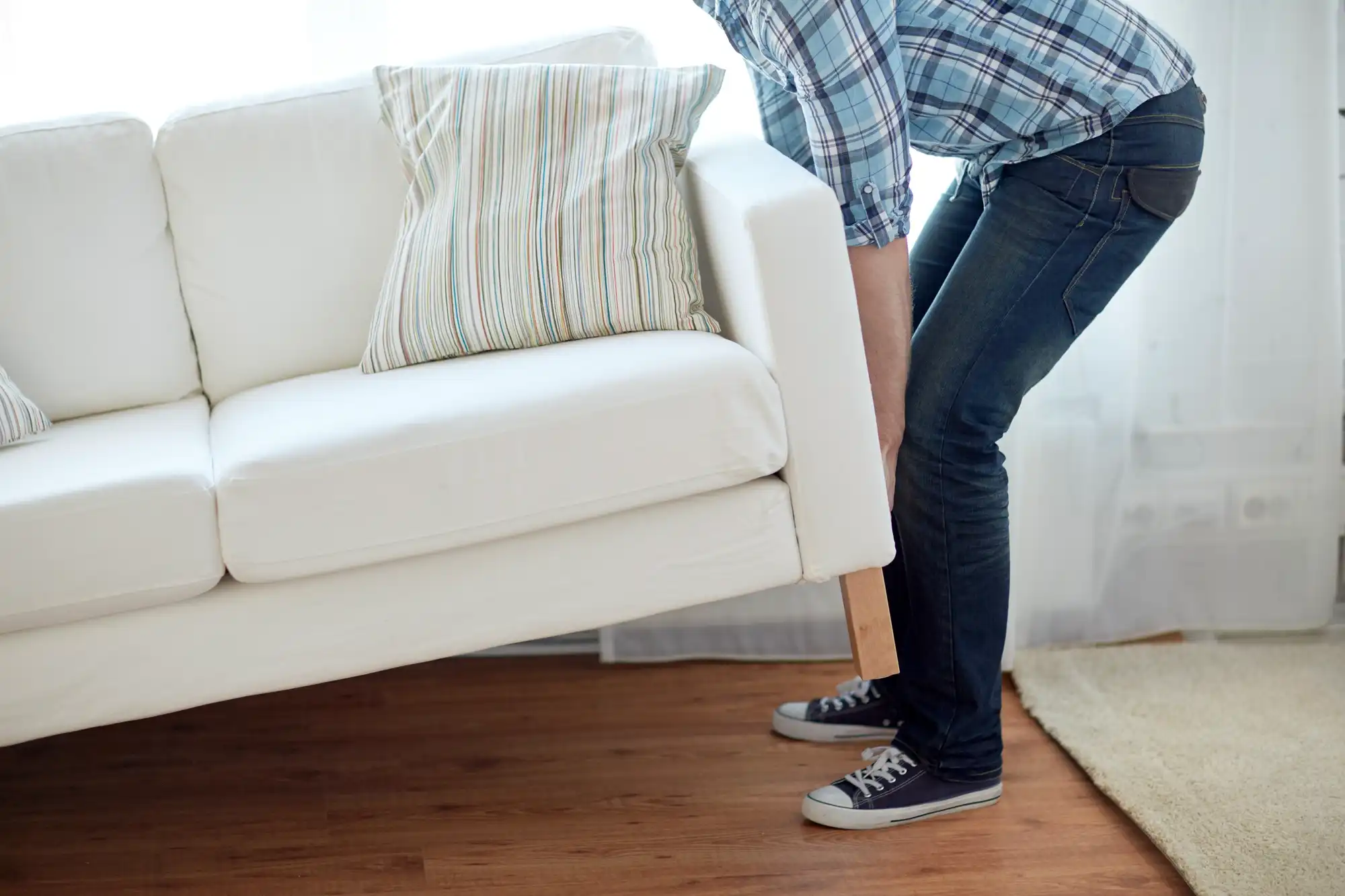Guide to Prepare Your Home for Bed Bug Treatment
Getting bed bugs at home can be a real headache. On the other hand, getting rid of them can be a lot of work. Bed bug extermination includes preparing your home to avoid furniture or structural damage. Hence it is very crucial to take the extra mile in doing so.
On a brighter note, bed bugs cannot stand the heat. And prolonging their exposure to more than 90 minutes from at least 113°F heat can eliminate them in your house. Since your house needs to be exposed to raging heat to kill these pesky critters, you will need to protect your home and fixtures to make the treatment more worth it.
How do you prepare for bed bugs? What does a professional bed bug exterminator do to prep before a bed bug treatment?
Find all infested areas.
Since bed bugs hide in cracks and crevices, you will want to examine all areas of your home thoroughly.
- Check behind furniture, bed frames, and headboards.
- Look for signs of infestation around electrical outlets and light switches.
- Check for blood stains or egg casings.
Wash all your sheets and bedding in hot water.
- You can use bleach or vinegar to kill bed bugs.
- Once you have washed everything, dry it on high heat for at least two hours.
Seal off bedrooms
- Seal the doors between rooms
- Cover mattresses and box springs with plastic.
- Cover pillows with protective covers from 100% cotton fabric or polyester felt material. These materials allow heat buildup against hot surfaces like radiators but won’t trap moisture inside.
Unplug or cover electronics.
Unplug electrical devices, not in use and are covered by a plastic bag to prevent bed bugs from getting inside and spreading to other areas of the house. Electronics can be a fire hazard, especially during bed bug heat treatment.
Empty your closets and put your clothes in plastic bags.
Now that you have eliminated potential hiding spots and identified the problem areas, it is time to stop anything harboring bed bugs in your home. It would be best to take all your clothes out of closets, drawers, and shelves so a professional can examine them.
Check every nook and cranny: shoes, sneakers, and socks; boots and coats; undergarments; belts; ties/scarves (especially those made from animal hides); clothing tags or labels.
If there is any chance that some items may be harboring bugs, then bring them outside for treatment today!
If there are no signs of infestation yet, bag up all remaining items before packing them for safekeeping at another location.
Check under your rugs, couches, and chairs for signs of bed bugs.
Look under your carpets and couches if you need help figuring out where to start. Bed bugs hide in cracks in the wall or baseboards. They might also crawl underneath pillows and bedding.
Bed bug bites are usually painless but can cause itchy welts that may take a few days to go away. Bedbugs don’t carry disease, but their tastes lead to allergic reactions if left untreated.

Move furniture away from walls to make spraying easier.
You may have heard that bed bug treatment is more accessible if you move furniture away from walls. This is true, but it also makes spraying and cleaning up much easier after the treatment.
Make sure you have enough space for your furniture when placing them back in place after the treatment.
Put hard-to-store items in plastic bags or sealable bins.
Consider putting things in plastic bags or sealable containers if you store them. You can use zip-top bags, but it is best to cut off the ends so they are easier to open and close.
Ensure all drawers and closets are empty before moving furniture away from walls so you can easily spray an entire room if needed.
Change air filters in air conditioners to prevent bed bugs from hitching a ride with you later.
- Change the filter as soon as possible after finding out about the infestation. The sooner you do this, the better!
- Clean upholstery and carpets because these are some of the most significant sources for harboring pests like lice or fleas.
Use a vacuum to clean your carpets before the treatment.
Before the treatment, it is essential to clean your home. Use a vacuum with a HEPA filter to clean the cracks and crevices where bed bugs can hide. Remember to empty the bag or canister of your vacuum immediately after use!
Suppose you need help using an attachment on your vacuum’s hose (like an upholstery brush). In that case, plenty of videos online describe how best to use it.
Cover aquariums, mirrors & other exposed glass.
Bed bugs can hide in the cracks and crevices of your home, so it is essential to cover any glass surfaces with a plastic bag or piece of cardboard. Of course, your fish or other pets in the aquarium or terrarium should steer clear from the treatment, as we wouldn’t want a bowl of dreadful soup or a dead pet to welcome you to your new and improved bed, bug-less home.

Bed bug treatment prep is a thing.
The bottom line is that you can’t just call an exterminator and hope for the best. It would be best to prepare your home for treatment proactively. Otherwise, you almost guarantee that the bed bugs will return, multiplied tenfold.
It is insufficient to throw up some extra Diatomaceous Earth along door frames and selected baseboards. Ask a pest control company in Sacramento, CA, to inspect your home before they begin treatment.
HeatRx is a top-rated bed bug treatment company in Sacramento, CA. They use a powerful combination of heat, steam, and pesticides to kill all stages of bed bugs in your home. Their treatments are safe for all ages and pets and will not leave any lingering odors behind.







